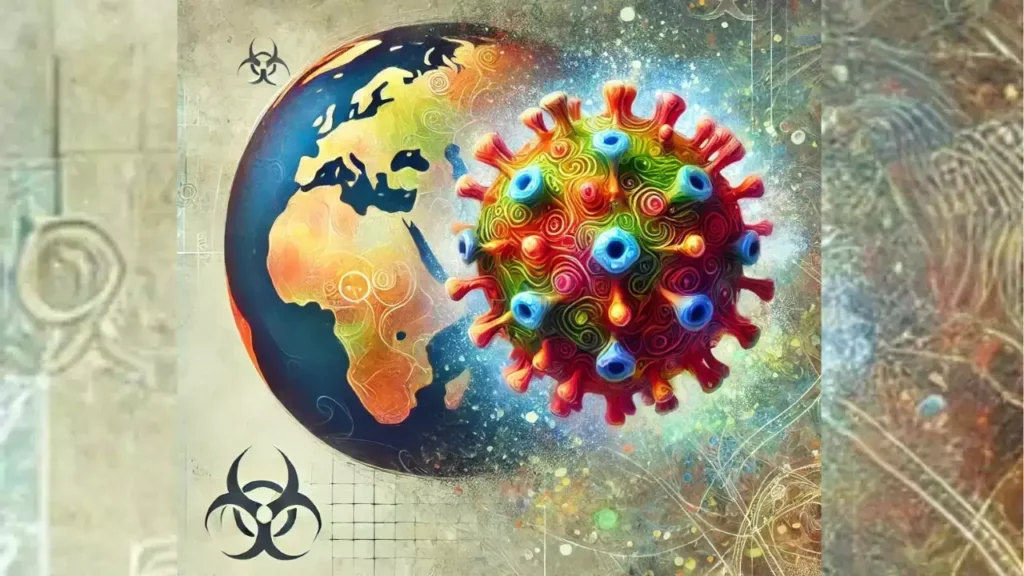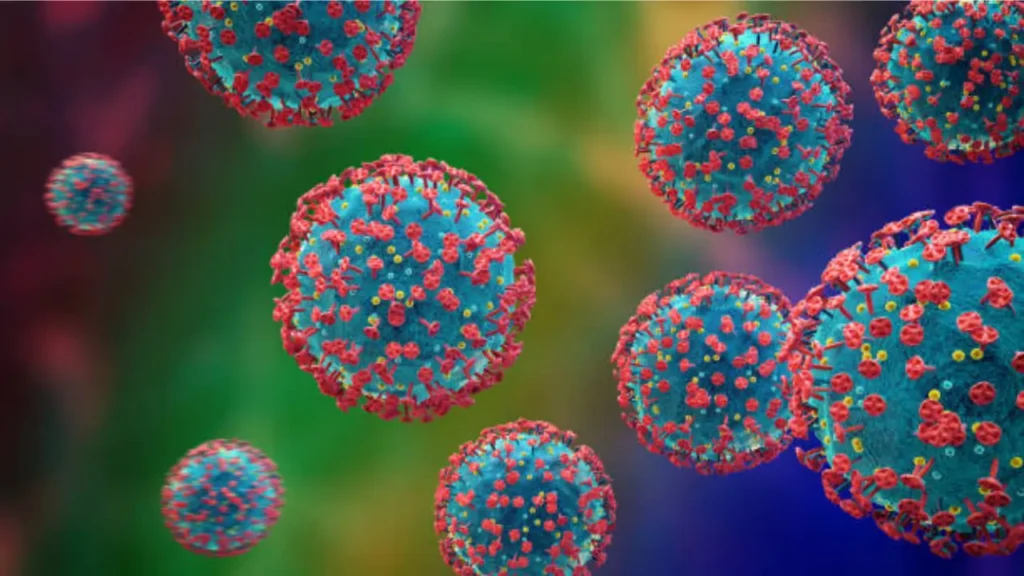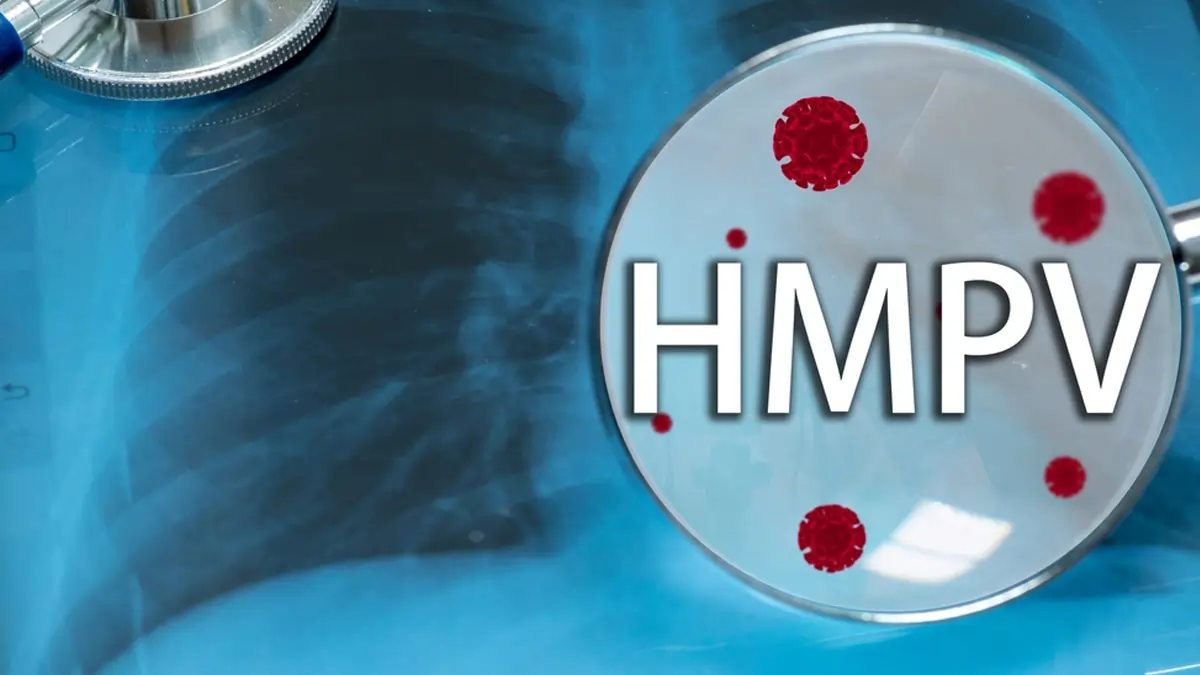Human metapneumovirus (hMPV) is a significant yet underrecognized virus that causes respiratory illnesses in individuals worldwide. Discovered in 2001, human metapneumovirus has become recognized as a major contributor to upper and lower respiratory tract infections. hMPV shares similarities with other viruses, particularly the respiratory syncytial virus (RSV), but it possesses unique characteristics that make it a distinct and important topic in global respiratory health.
In this article, we will delve into what human metapneumovirus is, its origins, how it spreads, its symptoms, diagnosis, treatment options, and which populations are most affected. We will also explore why hMPV remains a public health concern and what preventive measures can help mitigate its impact.
What Is Human Metapneumovirus (hMPV)?
Human metapneumovirus belongs to the Paramyxoviridae family, a group of viruses known for causing respiratory tract infections. hMPV is genetically related to the avian metapneumovirus, a virus that causes respiratory diseases in birds, which suggests that human metapneumovirus may have originated from animals. Although hMPV was only identified in humans in 2001, research indicates that the virus has been circulating for decades.
The virus primarily infects the epithelial cells of the respiratory tract. Human metapneumovirus infections most commonly occur during the late winter and early spring months, often overlapping with other respiratory illnesses like influenza and RSV.
hMPV affects individuals of all ages, though it is particularly concerning for young children, people over 65, and individuals with weakened immune systems. In most healthy adults, the virus causes mild, cold-like symptoms. However, for certain vulnerable populations, hMPV can lead to more severe respiratory illnesses, including bronchiolitis, pneumonia, and in rare cases, acute respiratory failure.
Symptoms of Human Metapneumovirus (hMPV)
The symptoms of human metapneumovirus vary depending on the individual’s age and health status. For most healthy adults, the virus manifests as mild, cold-like symptoms. However, for young children, older adults (particularly those over 65), and individuals with compromised immune systems, the symptoms can be more severe.
Common symptoms of hMPV include:
- Cough
- Runny or congested nose
- Sore throat
- Wheezing or difficulty breathing
- Fever
- Fatigue
- Shortness of breath
- Hoarseness
In severe cases, particularly among young children and people older than 65 with underlying health conditions, hMPV can lead to complications such as bronchiolitis (inflammation of the small airways in the lungs), pneumonia (lung infection), and exacerbation of chronic lung conditions like asthma or chronic obstructive pulmonary disease (COPD). These severe cases may require hospitalization, and in some situations, oxygen therapy or mechanical ventilation.

How Does Human Metapneumovirus Spread?
Human metapneumovirus is primarily transmitted through respiratory droplets. When an infected individual coughs, sneezes, or talks, they release tiny droplets containing the virus into the air. These droplets can land in the mouths or noses of people nearby or be inhaled into the lungs. Additionally, hMPV can spread when individuals touch surfaces contaminated with the virus and then touch their face, particularly their eyes, nose, or mouth.
The virus is highly contagious, especially in crowded environments like schools, daycare centers, nursing homes, and hospitals. The incubation period for human metapneumovirus is typically 4 to 6 days after exposure, meaning that an infected person can spread the virus before they begin showing symptoms.
Diagnosing Human Metapneumovirus
Human metapneumovirus can be difficult to diagnose because its symptoms are similar to those of other respiratory viruses, including RSV, influenza, and the common cold. However, accurate diagnosis is important, particularly for individuals at higher risk of severe illness, as it helps guide appropriate treatment.
Doctors may suspect hMPV based on the patient’s symptoms, medical history, and the time of year. A definitive diagnosis requires laboratory testing, with the polymerase chain reaction (PCR) test being the most commonly used method. This test detects the genetic material of the virus in respiratory secretions, such as nasal or throat swabs. PCR tests are highly accurate and can identify hMPV even when the viral load is low.
In some instances, other diagnostic methods like rapid antigen detection tests or viral cultures may be used, but these are less common.
Treating Human Metapneumovirus
There is currently no specific antiviral treatment for human metapneumovirus. Most people recover with supportive care that focuses on alleviating symptoms and ensuring adequate hydration. Over-the-counter medications, such as acetaminophen or ibuprofen, can help reduce fever and relieve aches. For individuals with more severe symptoms, particularly those experiencing breathing difficulties, hospitalization may be necessary.
In cases of severe respiratory distress, patients may need supplemental oxygen or mechanical ventilation to assist with breathing. Children or adults with chronic respiratory conditions, such as asthma or COPD, may receive bronchodilators or corticosteroids to reduce airway inflammation and improve breathing.

Preventing Human Metapneumovirus Infections
Preventing the spread of human metapneumovirus relies on good hygiene practices, similar to those recommended for preventing other respiratory viruses. Key preventive measures include:
- Frequent Handwashing: Wash hands regularly with soap and water for at least 20 seconds, especially after being in public places or touching shared surfaces.
- Covering Coughs and Sneezes: Always cover your mouth and nose with a tissue or your elbow when coughing or sneezing. Dispose of tissues immediately and wash your hands afterward.
- Avoiding Close Contact: Avoid close contact with individuals who are sick, and if you’re feeling unwell, stay home to prevent spreading the virus to others.
- Disinfecting Surfaces: Clean and disinfect frequently touched surfaces, such as doorknobs, light switches, and countertops, particularly during cold and flu season.
Although there is no vaccine for human metapneumovirus at this time, researchers are actively studying the virus and working on developing a vaccine.
Who Is Most at Risk from Human Metapneumovirus?
Human metapneumovirus can affect individuals of all ages, but certain groups are at greater risk of severe illness, including:
- Young Children: Infants and young children under the age of 5 are more likely to develop serious respiratory symptoms due to their still-developing immune systems. hMPV is a leading cause of bronchiolitis and pneumonia in this age group.
- People Older Than 65: Older adults, particularly those with underlying health conditions, are more vulnerable to severe hMPV infections. Age-related weakening of the immune system makes it harder to fight off respiratory viruses.
- Individuals with Compromised Immune Systems: People with weakened immune systems, such as those undergoing chemotherapy, organ transplant recipients, or individuals with HIV/AIDS, are more susceptible to severe hMPV infections. These individuals may experience prolonged illness or complications that require hospitalization.
- Individuals with Chronic Respiratory Conditions: Those with pre-existing lung conditions, such as asthma, COPD, or cystic fibrosis, are more likely to experience exacerbated symptoms when infected with hMPV.
Why Human Metapneumovirus Is a Public Health Concern
Although human metapneumovirus is not as widely recognized as other respiratory viruses like influenza or RSV, it has a significant impact on public health. It is one of the leading causes of respiratory infections in young children and contributes to severe illnesses in older adults and immunocompromised individuals.
The fact that hMPV often co-occurs with other respiratory viruses can strain healthcare systems during peak illness seasons. Moreover, the absence of a specific treatment or vaccine means that prevention and symptom management are the primary means of dealing with human metapneumovirus infections.
Conclusion
Human metapneumovirus is a respiratory virus that affects people of all ages, but it poses a greater risk to young children, individuals over 65, and those with compromised immune systems. While most cases are mild and resemble the common cold, hMPV can cause severe respiratory illnesses in certain populations, making it a significant public health concern.
Understanding how hMPV spreads, recognizing its symptoms, and adopting preventive measures can help reduce the transmission of the virus. As research into treatments and vaccines for human metapneumovirus continues, raising awareness about the virus and its impact remains crucial to minimizing its toll on global health.
By staying informed and practicing good hygiene, we can collectively reduce the burden of human metapneumovirus and protect vulnerable populations.




